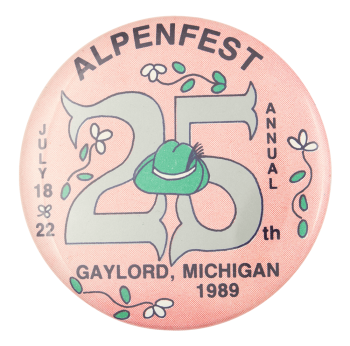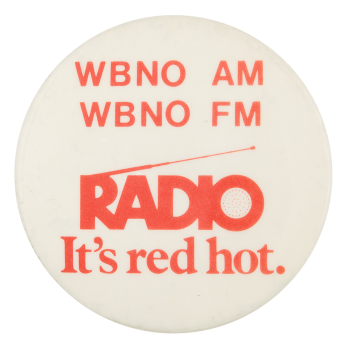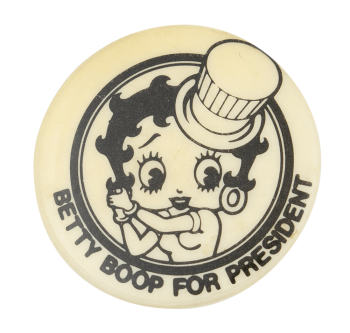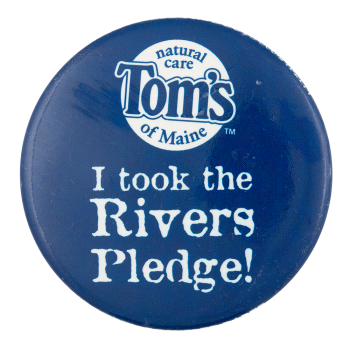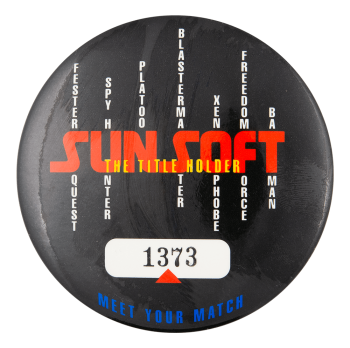Alpenfest
| Category | |
|---|---|
| Additional Images | |
| Sub Categories | |
| Text on Button | ALPENFEST JULY 18 22 25th ANNUAL GAYLORD, MICHIGAN 1989 |
| Image Description | Black text around grey numbers with an illustration of a green hat and white flowers on a pink background |
| Back Style | |
| The Shape | |
| The Size | |
| Year / Decade Made | |
| Additional Information | Alpenfest is an annual festival held in Gaylord, Michigan every July. Originally called The Alpine Festival, it was created as a way to commemorate a new particle plant that was scheduled to open in the town in 1965. Since the particle manufacturing was developed by a businessman in Switzerland, the town of Gaylord wanted to change the town’s image to more of an Alpine look, hence the name of the festival. Over 50 years later, the Alpenfest is still held every third week in July. This button was to commemorate the 25th year of the festival, and to this day, they still handout a different button every year. |
| Sources |
History of the Alpenfest Gaylord Michigan. (n.d.). Retrieved from https://www.gaylordalpenfest.com/contact/alpenfest-history/ |
| Catalog ID | EV0805 |

